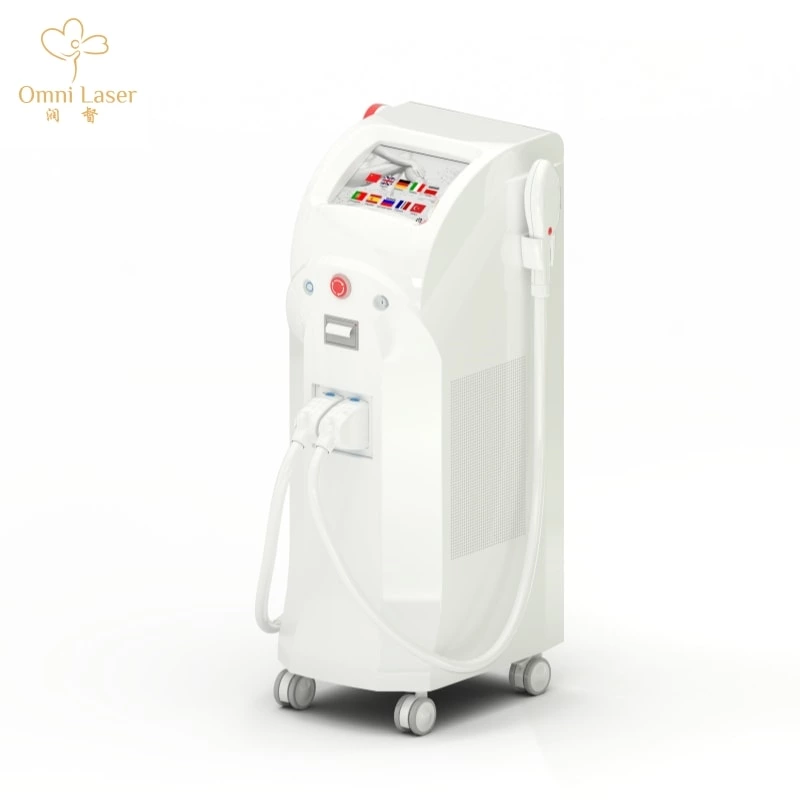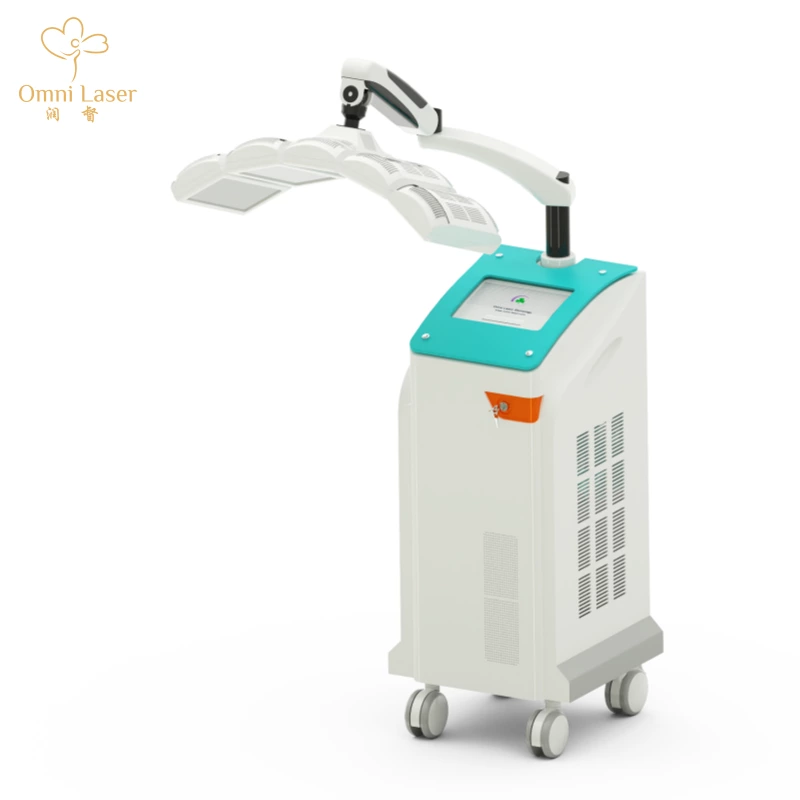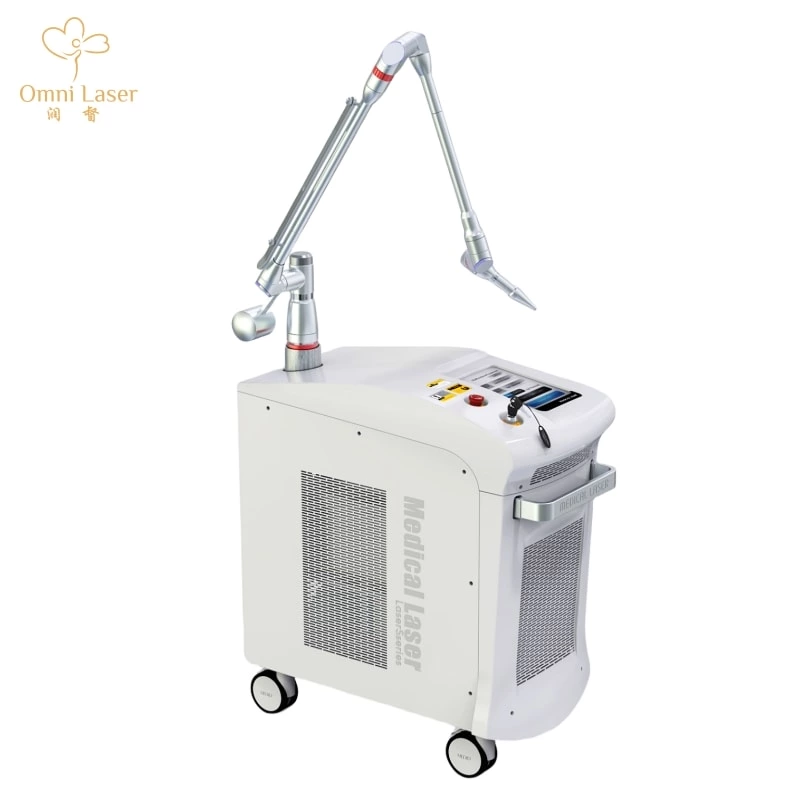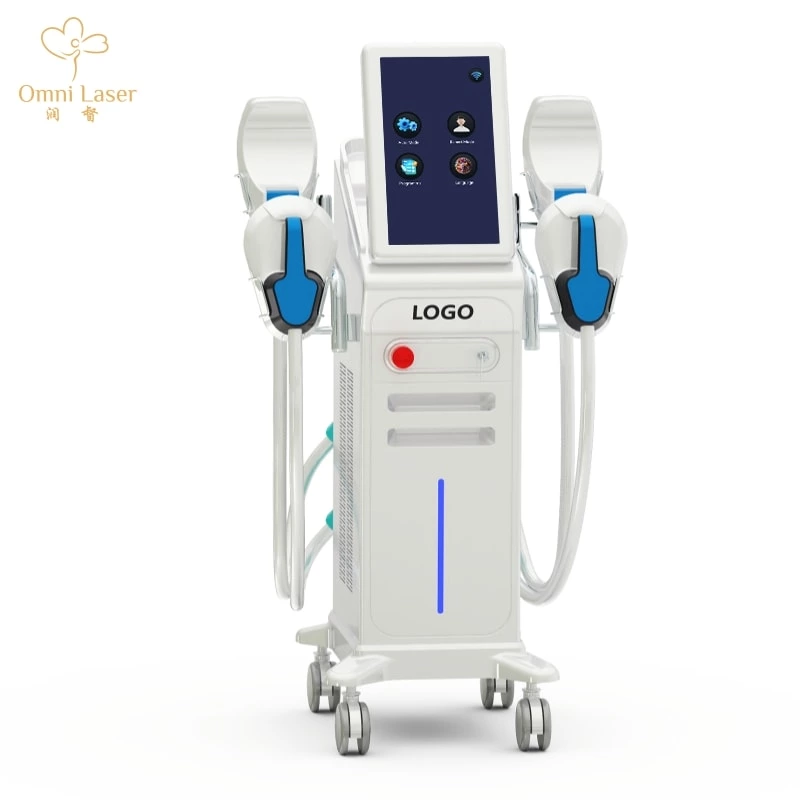Treating Pigmentation: Laser Solutions for Melanin-Related Skin Disorders
Treating Pigmentation: Laser Solutions for Melanin-Related Skin Disorders
Pigmentation is a common skin concern caused by the excessive deposition of melanin, manifesting as melasma, freckles, sunspots, nevus of Ota, and other conditions. These lesions not only affect appearance but may also cause psychological distress. With advancements in laser technology, significant progress has been made in treating melanin-related skin disorders. This article explores the principles of laser therapy, common treatment methods (such as Nd:YAG laser), and the role of photorejuvenation (IPL) in preventing pigmentation.
1. Mechanism of Pigmentation Formation
Melanin is produced by melanocytes in the skin, and its synthesis is influenced by factors such as UV exposure, hormones, and inflammation. When melanin metabolism is disrupted, it accumulates in the epidermis or dermis, leading to different types of pigmentation disorders:
-
Epidermal pigmentation (e.g., freckles, sunspots) – Melanin is primarily deposited in the epidermis.
-
Dermal pigmentation (e.g., nevus of Ota, acquired dermal melanocytosis) – Melanin accumulates in the dermis.
-
Mixed pigmentation (e.g., melasma) – Involves both epidermal and dermal layers.

2. Principles of Laser Treatment for Pigmentation
Lasers utilize selective photothermolysis to precisely target and destroy melanin while minimizing damage to surrounding tissues. Different wavelengths are used depending on pigment depth:
-
Short wavelengths (e.g., 532nm) – Suitable for superficial pigmentation (epidermal).
-
Long wavelengths (e.g., 1064nm Nd:YAG) – Deeper penetration, ideal for dermal pigmentation.
3. Common Laser Treatment Options
(1) Nd:YAG Laser (1064nm)
-
Advantages: Deep penetration, effective for dermal pigmentation (e.g., nevus of Ota, acquired dermal melanocytosis) with reduced risk of epidermal damage and post-inflammatory hyperpigmentation (PIH).
-
Treatment protocol: Typically requires 3-6 sessions at 4-6 week intervals, with energy settings adjusted based on skin type.
-
Post-treatment care: Strict sun protection to prevent PIH.
 Ndyag Laser Tattoo Removal Machine - Omni Laser Skinology
Ndyag Laser Tattoo Removal Machine - Omni Laser Skinology
(2) Q-Switched Lasers (e.g., 755nm, 694nm)
-
Effective for epidermal pigmentation (e.g., freckles, age spots), breaking down melanin particles for natural elimination.
(3) Picosecond Lasers
-
Ultra-short pulse duration allows more efficient pigment fragmentation with less thermal damage, making it suitable for stubborn pigmentation and melasma.
4. Role of Photorejuvenation (IPL) in Pigmentation Prevention
While lasers treat existing pigmentation, intense pulsed light (IPL) therapy helps prevent recurrence:
-
Mechanism: Broad-spectrum light targets micro-pigment particles, improving skin tone uniformity.
-
Advantages: Non-ablative, minimal downtime, ideal for maintenance and preventing new pigmentation.
-
Combination strategy: Regular IPL sessions after laser treatment can reduce UV-induced pigment recurrence.
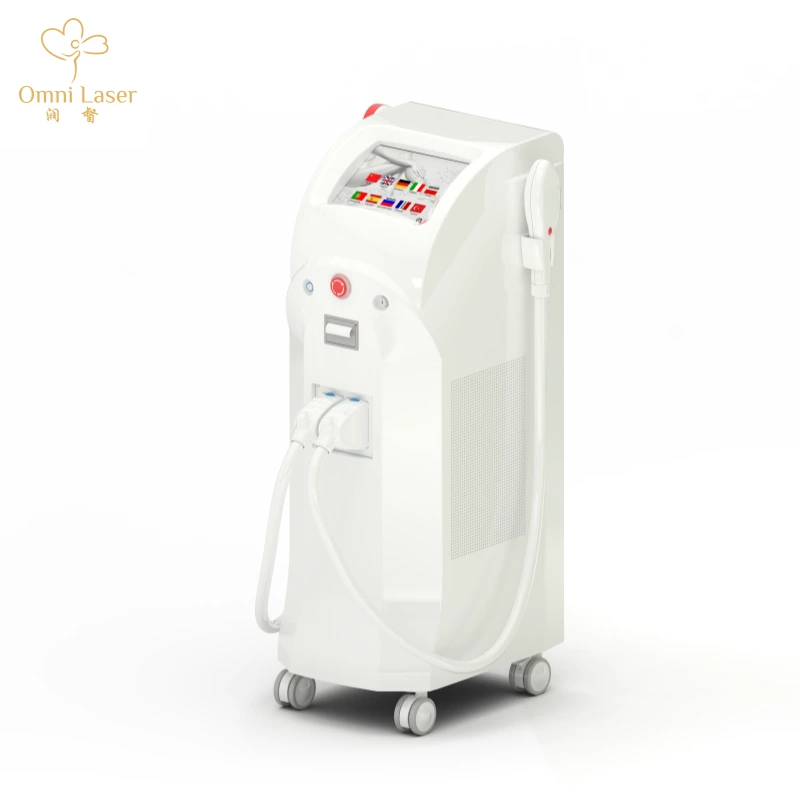
5. Key Considerations for Treatment
-
Pre-treatment assessment: Determine pigment type (epidermal/dermal/mixed) to select appropriate laser parameters.
-
Post-treatment care: Strict sun protection (SPF 50+), avoid irritating skincare products, and minimize inflammation.
-
Special management for melasma: Combination therapy with oral medications (e.g., tranexamic acid), topical agents (e.g., hydroquinone, retinoids), and low-energy lasers is recommended to avoid worsening the condition.
By Elsen

